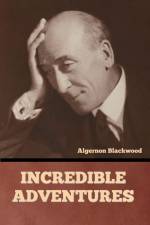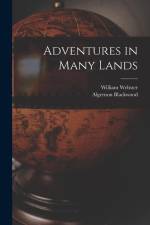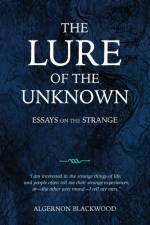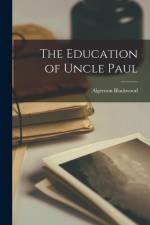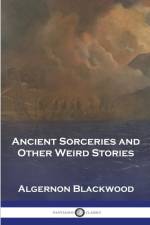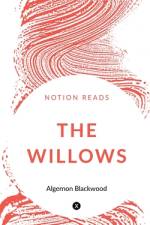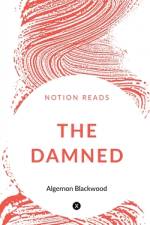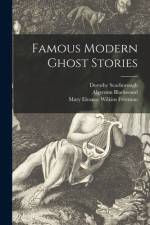av Algernon Blackwood
271 - 407
Incredible Adventures is a collection by Algernon Blackwood, comprising three novellas and two short stories. It was originally published by Macmillan in 1914 and reprinted in 2004 by Hippocampus Press. H. P. Lovecraft wrote that: In the volume titled Incredible Adventures occur some of the finest tales which the author has yet produced, leading the fancy to wild rites on nocturnal hills, to secret and terrible aspects lurking behind stolid scenes, and to unimaginable vaults of mystery below the sands and pyramids of Egypt; all with a serious finesse and delicacy that convince where a cruder or lighter treatment would merely amuse. Some of these accounts are hardly stories at all, but rather studies in elusive impressions and half-remembered snatches of dream. Plot is everywhere negligible, and atmosphere reigns untrammelled.S. T. Joshi has acclaimed Incredible Adventures as possibly "the premier weird collection of this or any other century".The book contains the following stories, all novella-length except for "The Sacrifice" and "Wayfarers" The Regeneration of Lord Ernie"The Sacrifice"The DamnedA Descent into Egypt"Wayfarers" (wikipedia.org) About the authorAlgernon Henry Blackwood, CBE (14 March 1869 - 10 December 1951) was an English broadcasting narrator, journalist, novelist and short story writer, and among the most prolific ghost story writers in the history of the genre. The literary critic S. T. Joshi stated, "His work is more consistently meritorious than any weird writer's except Dunsany's" and that his short story collection Incredible Adventures (1914) "may be the premier weird collection of this or any other century". Throughout his adult life, he was an occasional essayist for periodicals. In his late thirties, he moved back to England and started to write stories of the supernatural. He was successful, writing at least ten original collections of short stories and later telling them on radio and television. He also wrote 14 novels, several children's books and a number of plays, most of which were produced, but not published. He was an avid lover of nature and the outdoors, as many of his stories reflect. To satisfy his interest in the supernatural, he joined The Ghost Club. He never married; according to his friends he was a loner, but also cheerful company.His two best-known stories are probably "The Willows" and "The Wendigo". He would also often write stories for newspapers at short notice, with the result that he was unsure exactly how many short stories he had written and there is no sure total. Though Blackwood wrote a number of horror stories, his most typical work seeks less to frighten than to induce a sense of awe. Good examples are the novels The Centaur, which reaches a climax with a traveller's sight of a herd of the mythical creatures; and Julius LeVallon and its sequel The Bright Messenger, which deal with reincarnation and the possibility of a new, mystical evolution of human consciousness. Blackwood died after several strokes. Officially his death on 10 December 1951 was from cerebral thrombosis, with arteriosclerosis as a contributing factor. He was cremated at Golders Green crematorium. A few weeks later his nephew took his ashes to Saanenmöser Pass in the Swiss Alps, and scattered them in the mountains that he had loved for more than forty years. (wikipedia.org)

